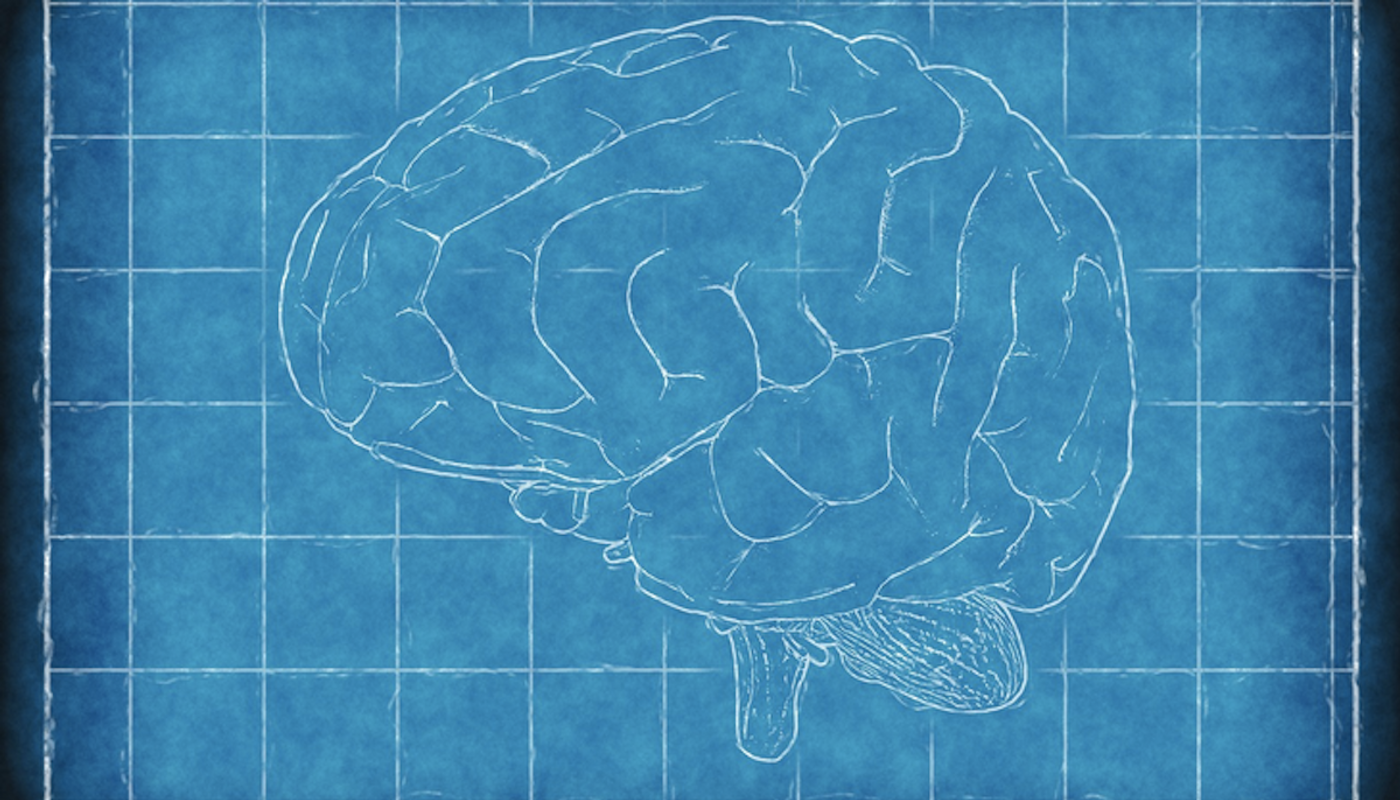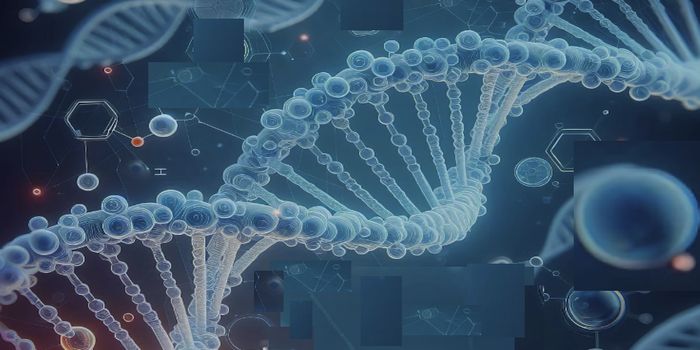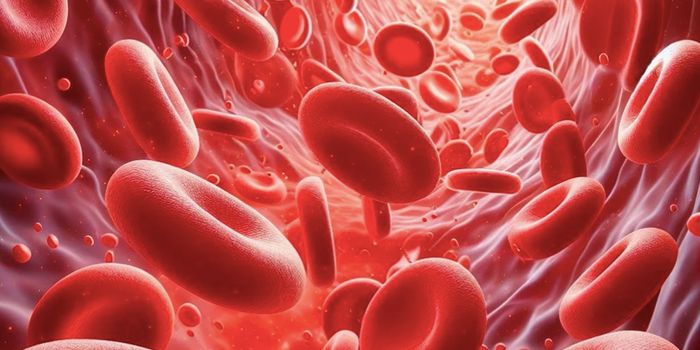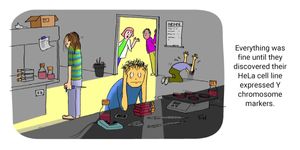Why Defects in One Gene Can Lead to Cancer in Kids
While they may occur in adults, a rare, aggressive type of brain cancer called atypical teratoid rhabdoid tumors (ATRTs) tend to happen in children aged three or younger. There are some treatments for the disease, but long-term survival is poor, and there is no definitive standard for treating these patients.
Researchers have traced ATRT to the inactivation of a gene called SMARCB1. The gene encodes for a protein that's part of a complex that plays a role in the regulation of gene expression and certain developmental processes. Reporting in Genes & Development, a team of scientists has now outlined how the disruption in SMARCB1 disrupts neurodevelopment and encourages the growth of tumors.
"Previous research has established that, unlike some cancers, ATRT is predominantly associated with the functional loss of a single gene: SMARCB1, which leads to tumor development through changes in how genes are expressed rather than the combined effect of multiple gene mutations," explained the senior author of the study Frank Furnari, Ph.D., a professor of pathology at the University of California San Diego and Ludwig San Diego member.
"ATRT is a very deadly cancer with very few effective therapies, which are complicated by the negative effects of radiation upon the child's cognitive development. We need targeted therapeutics and to create those, we need to better understand the mechanisms driving ATRT."
In this study, the researchers assessed how depleting SMARCB1 affected human induced pluripotent stem cells. These stem cells were then programmed to become either neurons or cerebral organoids, which are simplified models of the human brain that carry several cell types.
When SMARCB1 was lost, it affected the development of neurons in a way that caused cells to resist final differentiation, and disrupted the maintenance of cellular health. These defective cells shared features with patient tumors. The researchers are hopeful that this new data will open up more effective treatment options for ATRT.
"With this new information in hand, our plan is to use our ATRT model and look for therapeutic targets that will cause these tumors to fully differentiate and therefore stop growing, which could prove to be an effective future therapy for ATRT," said the first study author Alison Parisian, a graduate student in the Funari lab.
Sources: AAAS/Eurekalert! via University of California San Diego, Genes & Development









